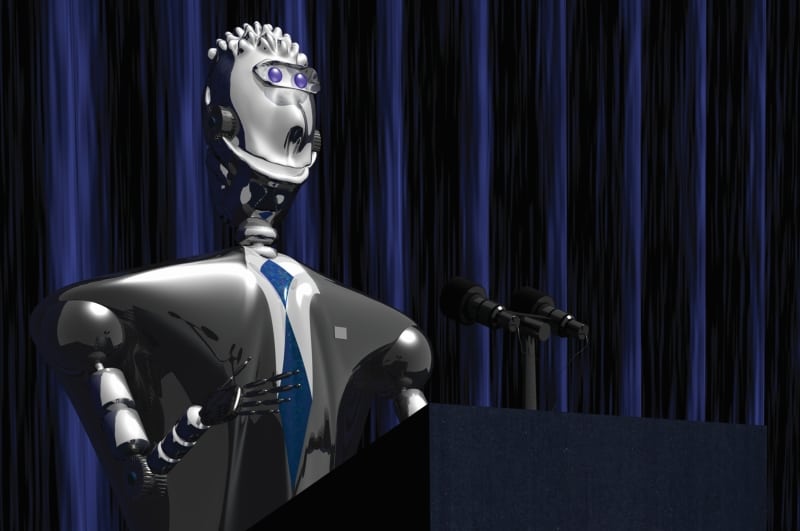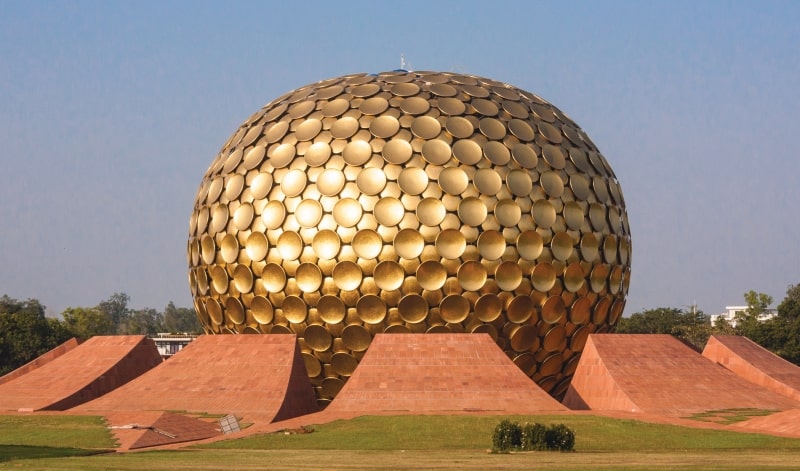When some pictures from Silicon Valley come up to our minds, we immediately associate those images with disruptive innovation concept. Some images from scientific journals show how artificial wombs will be able to gestate a baby, from fertilization until delivery, without human body. Moreover, this gestation process, still futuristic, could even be controlled by machines and algorithms, which would understand the need of each fetus to receive nutrients and physical-chemical stimuli. The disruptive innovation (the innovation that breaks up with consolidated standards and presents new proposals) make us to rethink our relationship with the world.
When some pictures from Silicon Valley come up in our minds, we immediately associate those images with disruptive innovation concepts. The same images sometimes appear on scientific journals, showing for example how artificial wombs will be able to gestate a baby, from fertilization until delivery, without human body. Moreover, this gestation process, still futuristic, could even be controlled by machines and algorithms, which would understand the need of each fetus to receive nutrients and physical-chemical stimuli. The disruptive innovation (the innovation that breaks up with consolidated standards and presents new proposals) make us rethink our relationship with the world.
Another disruptive innovation example that reshaped the way humans deal with reality, was the Gutenberg’s printing press machine. The printing press, invented by the German Johannes Gutenberg in the 1450s, speeded up the book printing process, but it also revolutionized the world, driving science and taking humanity to the scientific enlightenment. The invention of the printing press, as a quicker way of producing and disseminating books, had a considerable impact on politics. The texts and books produced contributed to boosting humanity toward the formation of first countries in Europe, reshaping politics.
Bringing this analysis on disruptive innovation to the present—and toward the 25th—it is time to think to what extent disruptive innovation has contributed to redrawing the world’s political landscape. It aims at real human evolution that favours not the hardening, but the decreasing of differences among nations. It is important now to remember that all of us are part of an integrated system inhabiting a common space, the earth, which—at least in theory—belongs to everyone, regardless of race, colour or creed.
When we turn the TV on, tuning in to news channels such as CNN or BBC, our attention is drawn to the intensification of differences in the international political scene. Each nation structures itself in defence of its people, culture, history or religion. Although there is an international institution called the United Nations (UN) working as a mediator, nations still seem to be a long way from being truly “united”. More than ever, it is important to rethink this bridge with others, and better understand who they are as an extension of ourselves, and not as a rival. According to this scenario, what could, in fact, disruptively contribute to redesigning the political model?

By analyzing the current models of “disruptive innovation” made by countries like United States, it is possible to realize how this same innovation model presents itself as an old model, because the model continues to serve capitalist purposes, maintaining the current ideology based on the value of goods and the old financial market, including the banks. This logic applies to Silicon Valley start-ups, like Uber, Google, and Facebook, some of the most valued companies in the world. The central objective of North American innovation is tied to capital accumulation. What matters most to venture capitalists and entrepreneurs is to make their company a “unicorn” (a company worth more than $1 billion) or “decacorn” (companies worth more than $10 billion).
So which kind of innovation and politics are we talking about? Rather than cheering on Kickstarter’s projects or Silicon Valley’s start-ups, it’s time to start thinking about the following questions: What are the results of disruptive innovation? Was it made to create miraculous solutions in favour of their founders, like Facebook? What is its relationship with politics and what is its role? In the case of Facebook, despite Zuckerberg’s denials, there are many poorly explained things in the relationship between the Government of United States and the largest social network in the world. On one hand, social networks, such as Facebook, provide broad space for political dialogue, as shown by researcher Pierre Lévy. On the other hand, researchers such as Manuel Castells criticize social networks for offering a space mediated by algorithms, which determine with whom the user connects, and what content he accesses or sees. This can also have an impact on politics, leading users to organize themselves in groups, because users constantly receive more news feeds from those fan pages that convey content linked to the way they see the world and their convictions. On social media, convictions are reinforced by algorithms.
Rather than demonizing technology, as Adorno and Horkheimer wrote in the book Dialectic of Enlightenment, the main question seems to rest on an ethical dilemma. And this ethical dilemma must contribute to rethinking the current values and function of technology. Technology should work as a transformer, disrupting degrading models of life. Models that have led humanity toward the impending abyss of totally exhausting the resources needed for life. And how to ally technology and innovation? By extending disruptive innovation into the dimension of politics and sustainability, but with other meanings and purposes that favour “life” rather than profit.

There are no easy answers to questions like these, given the complexity and size of the problem. But it is possible to point out some initiatives emerging as a new momentum, in which hyper-connected societies demand new models of politics and economics to crucial dilemmas.
One of the most significant examples is the Indian city of Auroville, an experimental city, where there are virtually no money or politicians. The people of Auroville seem to have discovered how to be happy with very little, or a little that is transformed “into a lot” when changing the meaning of things. In this way, these people have contributed to the creation of a new culture and way of life. It is a new way of dealing with one’s own desire.
In the face of these examples, one could think that perhaps the greatest of all innovations is not in the hands of the Stanford and Silicon Valley brains, operating under a political protocol that guides their actions and expectations of accumulating great wealth quickly. One could think that the greatest of innovations is in breach of the logic of this system, or in a remodelling of it, as Paul Mason suggests in his well-known article, The End of Capitalism Has Begun published in the British newspaper, The Guardian.
By rethinking the “meaning of things”, people like those in Auroville are contributing to reshape the Capitalism. This is disruptive innovation! By changing the meaning of things, these things take on other values. Being reshaped by new values, daily things like houses, transports, clothes, will be desirable in different ways, guiding daily actions that unfold into the future. The impact of reshaping culture, meaning and values can change, definitely, the relationship between humans, planet and nature. And that is also politics!
By Midierson Maia
Entrepreneur, Ph.D in Communication and professor.
Talk to Midierson: midimaia@icloud.com
Language Quality Assurance Reviewer
Albina Retyunskikh
